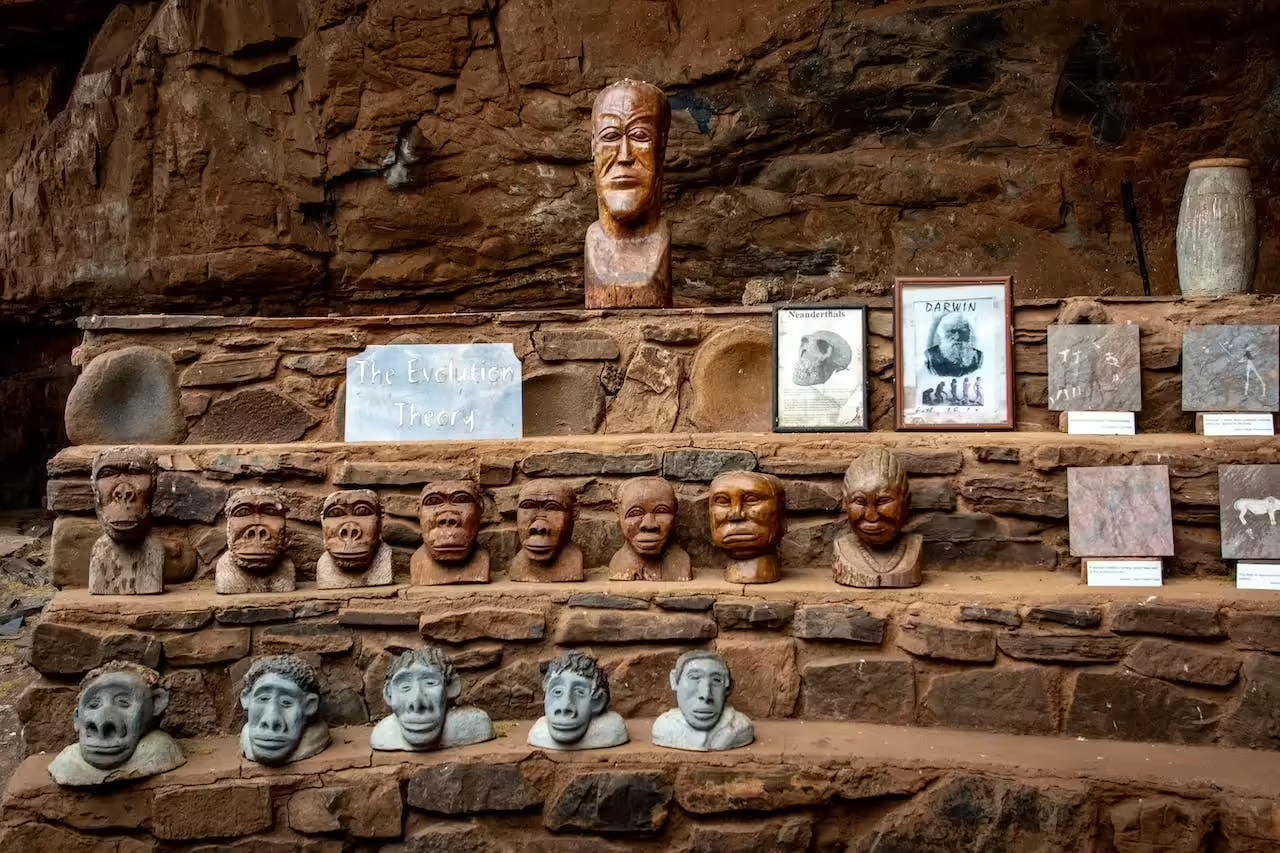
The story of human evolution is a fascinating narrative that spans millions of years, documenting the development and progression of Homo sapiens, the species to which modern humans belong. From our early ancestors to the sophisticated beings we are today, the evolutionary journey of Homo sapiens is marked by incredible discoveries and transformations, providing a deeper understanding of our origins and development.
The Emergence of Early Humans:
Our evolutionary journey began approximately 6 to 7 million years ago with the emergence of the earliest hominids, our distant ancestors. Over time, various hominid species appeared and vanished, leaving behind clues about their lives and evolution. Notable species include Australopithecus aphaeresis, best known for the fossil “Lucy,” and Homo habilis, considered among the first toolmakers.
Humans Evolve: The Journey to Homo Sapiens:
- Homo erectus: Around 2 million years ago, Homo erectus, characterized by an upright posture and increased brain size, emerged. They are believed to have been the first to use fire and craft more sophisticated tools.
- Neanderthals: Coexisting with Homo sapiens, Neanderthals were a distinct human species known for their robust physique and cultural advancements. Research indicates that Homo sapiens and Neanderthals interbred.
- Homo sapiens: Humans, or Homo sapiens, evolved approximately 300,000 years ago in Africa. With their distinctive skeletal features and advanced cognitive abilities, Homo sapiens eventually dispersed globally.
Cultural and Technological Advances:
The evolution of Homo sapiens was not only biological but also cultural and technological. They developed complex social structures, language, art, and increasingly sophisticated tools. This progress allowed them to adapt to diverse environments and thrive globally.
Human Migrations:
The story of Homo sapiens involves significant migratory movements. These migrations occurred in waves, leading to the colonization of different regions and the diversification of cultures. For instance, the out-of-Africa migration led Homo sapiens to spread throughout Europe, Asia, Oceania, and the Americas.
Genetic and Archaeological Evidence:
Studies using genetic analysis and archaeological discoveries have provided substantial evidence for the evolutionary paths of Homo sapiens. DNA analysis has shed light on the genetic relationships between modern humans and their ancestors. Meanwhile, archaeological findings, such as cave paintings and ancient artifacts, offer glimpses into the lives of our predecessors.
Current Understanding and Future Perspectives:
Technology and interdisciplinary research advancements continue to refine our understanding of human evolution. Ongoing studies delve into ancient DNA, genomics, and other scientific disciplines, providing new insights into our past.
The Human Story:
Humans Evolve: The complex tale of Homo sapiens’ evolution is a testament to adaptation, resilience, and innovation. From our humble beginnings to the diverse and globally distributed species we are today, our story continues to unfold.
Conclusion:
The evolutionary journey of Homo sapiens, tracing back millions of years, has led to the modern human. Our quest to understand our origins and the complex processes of human evolution provides insights into our remarkable development, cultural diversity, and challenges as a species. The ongoing exploration of human evolution, marked by biological and cultural transformations, remains a captivating field of study, shedding light on our past and influencing our present and future perspectives on human existence. The story of Homo sapiens is an ever-evolving narrative, continuously enriched by discoveries and research, contributing to our more profound understanding of ourselves and the world around us.







